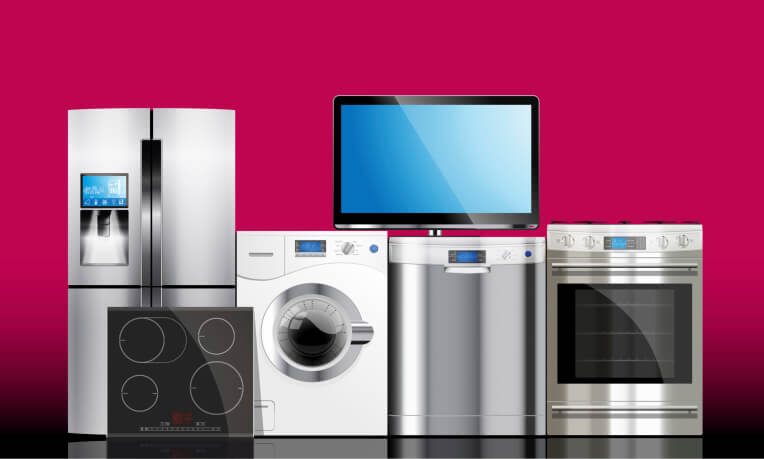
What Does the Energy Star Mean?
In 2012, the Energy Star program celebrated its 20th anniversary. The EPA estimates this program has helped US households and businesses save a projected $239 billion in utility costs and avoid releasing close to 2 billion metric tons of greenhouse gas into the environment.
Energy efficiency is particularly important for cooling and heating systems. Why? On average, they account for roughly 50% of a household’s energy costs, and in the South, cooling may account for as much as 30% of a household’s total energy consumption.
Let’s take a closer look at the Energy Star program and see what it means to you.
The Backstory
Implemented by the US Environmental Protection Agency in 1992, the Energy Star program was developed in response to 1990 Clean Air Act amendments implemented to reduce energy consumption, protect the environment and save money.
The first products to receive Energy Star ratings were computers and electronic components, but by 1995, residential cooling and heating equipment had joined the roster. Today, everything from appliances to homes and buildings can be Energy Star certified.
The Program
The Energy Star program works with independent third party laboratories to test AC equipment performance and verify manufacturers’ efficiency claims. The program evaluates a combination of factors to determine if specific components:
- Contribute to reduced energy consumption
- Incorporate features desired by consumers
- Reduce energy use in a manner that can be tested, measured and verified
- Are roughly 10% more efficient than the minimum federal standard
- Provide sufficient savings to recover equipment cost in a reasonable time frame
The Difference
It’s important to understand not all energy labels are created equal. The blue-and-white Energy Star label confirms the energy efficiency of that component has been tested and verified. The yellow-and-black Energy Guide provides information about estimated energy use and operating costs, so it can appear on any component that utilizes energy.
In other words, the Energy Star indicates the component is more energy efficient than standard models. The Energy Guide compares the relative efficiency and estimated utility costs associated with different models, so you can make an informed buying decision.
The Bottom Line
When you see the Energy Star on central air conditioning equipment, it verifies the equipment is more energy efficient. The EPA estimates an Energy Star component is about 8% more efficient on average, which saves about $700 in utility costs throughout its lifetime.
Plus, Energy Star systems often incorporate high performing components and more insulation, so they’re quieter. They may more effectively remove moisture and distribute air, which improves overall comfort. Finally, they may feature higher quality components with extended warranties, which reduces maintenance and repair costs.
Whether you’re buying a window unit or a central system, the Energy Star label can help you cut cooling costs and reduce energy consumption.